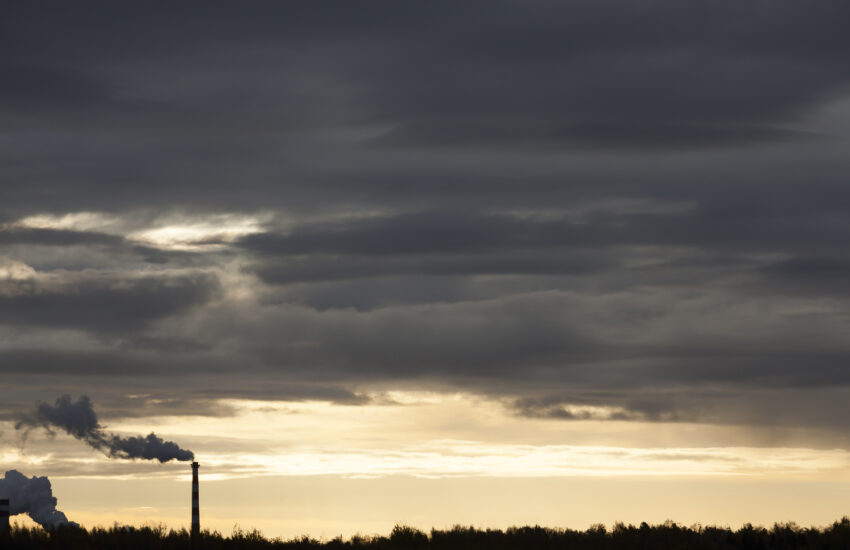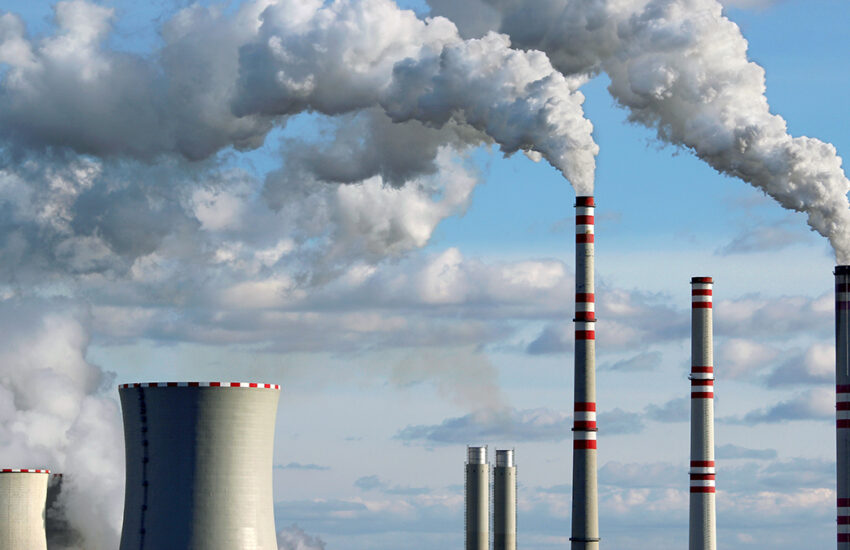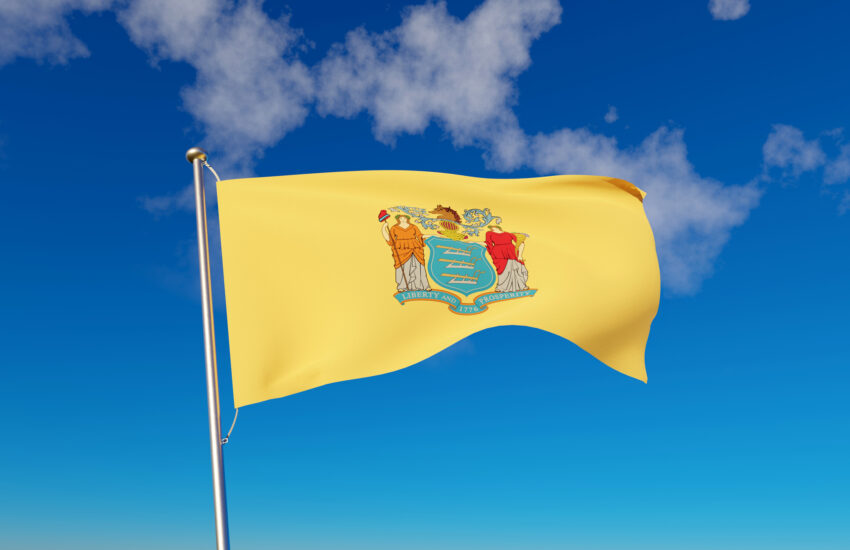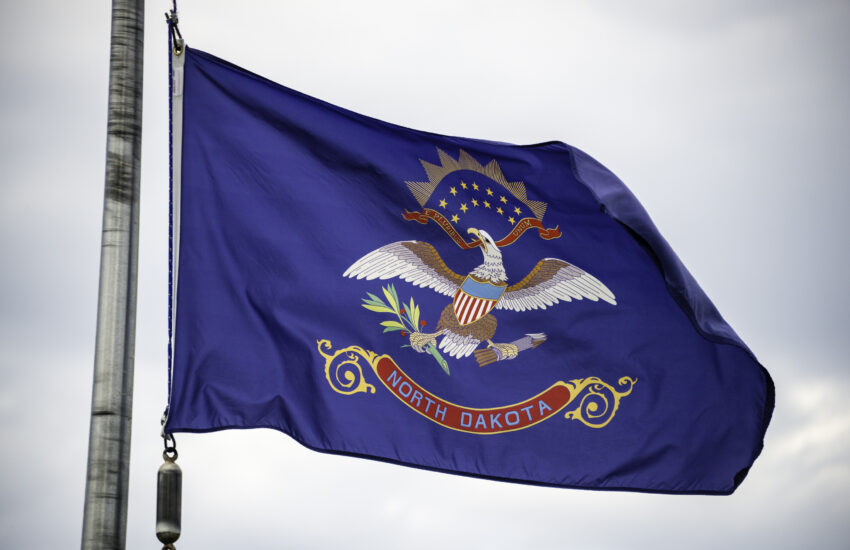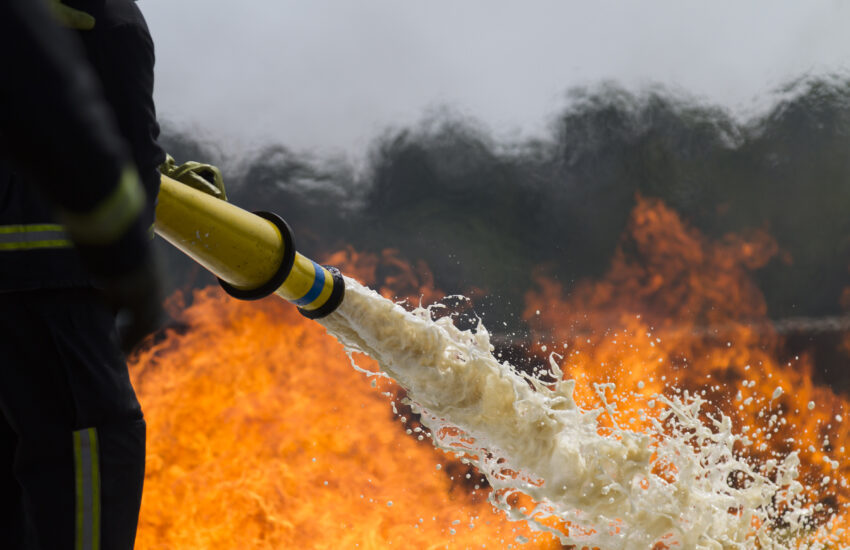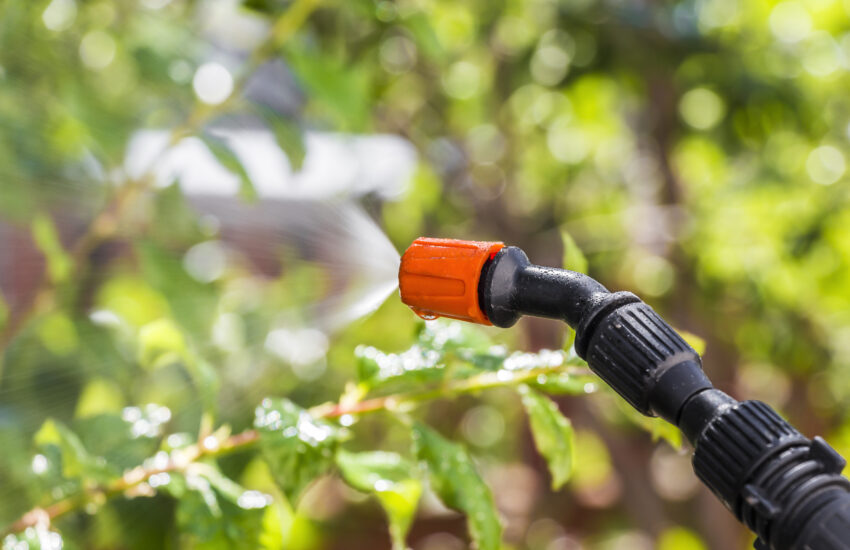On June 18, the U.S. Supreme Court issued two decisions that clarify a deceptively simple question under the Clean Air Act: Where should lawsuits challenging EPA actions be filed?
The rulings – EPA v. Calumet Shreveport Refining LLC and Oklahoma et al. v. EPA – do not change the substance of environmental law, but they do shape how and where that law gets litigated. And that matters.
At the heart of both cases is a venue provision in the Clean Air Act, which …
Continue Reading
